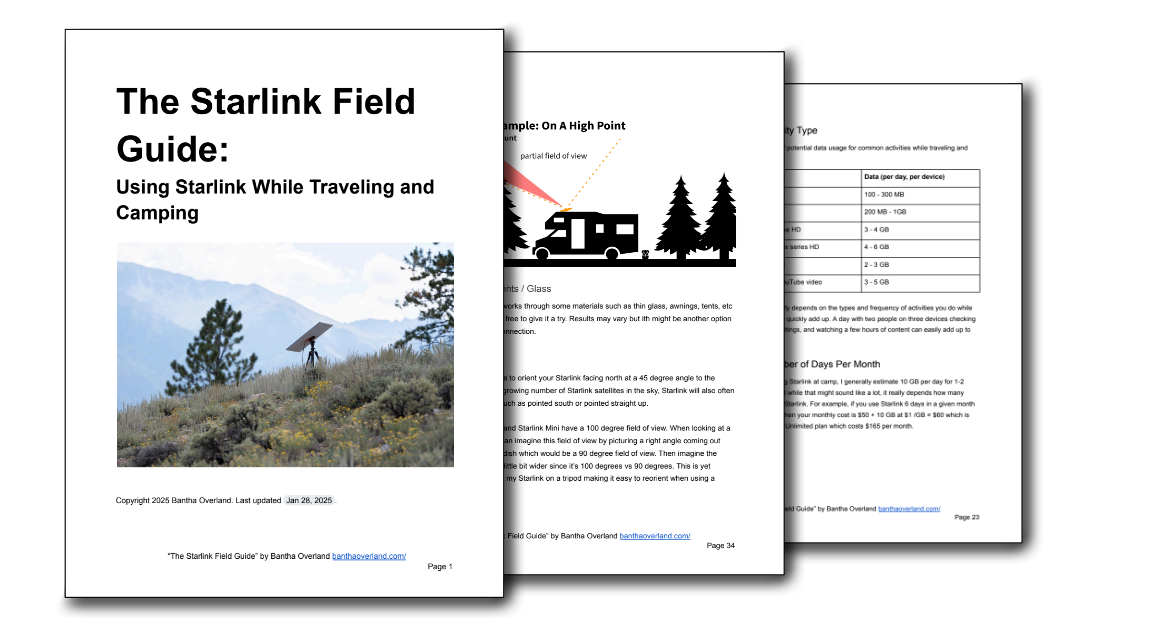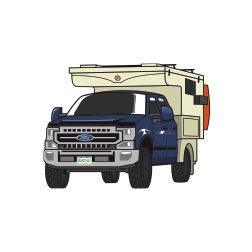mog
Kodiak Buckaroo
WOW, a 7 foot (213cm) wide, by 6 inches (15cm) high 2 inches (5cm) thick bumper in steel is apx. 285 pounds (129kg)Wish I could use grommets
My bumper is 2 inches thick
Add this sticker to it when you are done.

Back to the question
Just get some fuel line or other rubber hose with the inside diameter you need and use that for the run thought the bumper




